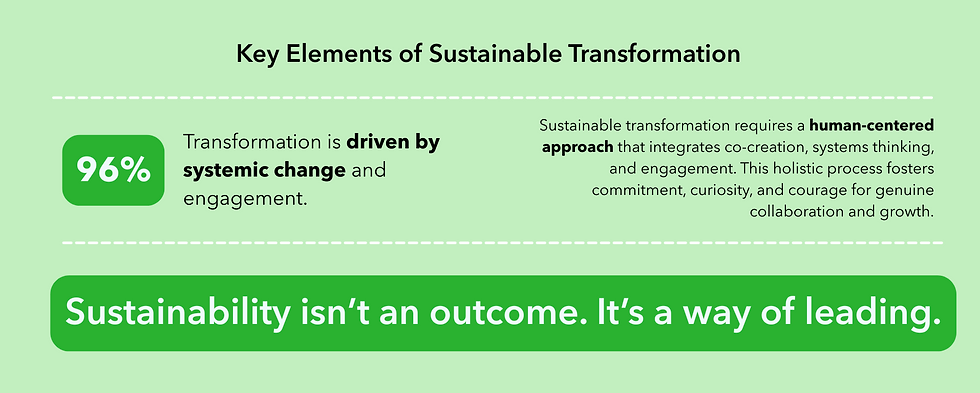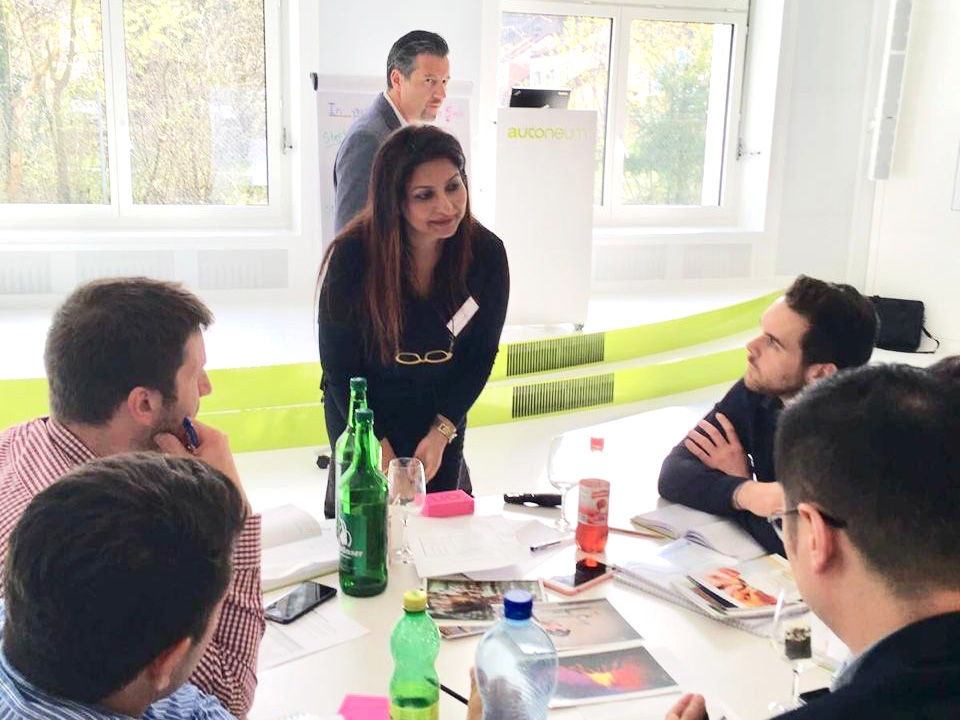Sustainable Organisational Transformation
- Shikhar Agarwal
- Jun 14
- 2 min read
Updated: Jun 26
How Organisations Change — And Stay Changed
Organisations are constantly evolving — but not all change is transformational, and even fewer transformations are sustainable. Sustainable transformation is not about a short burst of enthusiasm or temporary success; it’s about embedding a new way of being that aligns strategy, people, and culture. It means that even when leadership changes or external pressures shift, the new way of working remains resilient and relevant.
Sustainable transformation is more than a project or an initiative. It’s a shift in mindset, systems, and culture that holds over time — long after a consultant has left or a workshop has ended. But how do you make change last in the complexity of real organisational life?
The short answer: you make it human, systemic, and lived.
1. From Transaction to Transformation
Many change programs focus on checklists — updated policies, new systems, team trainings. But true transformation touches how people think, behave, and relate to each other. It’s not just about what changes — it’s about how change is internalised.
Sustainable change is not delivered to people — it is co-created with them.
2. Systems Thinking for Real Contexts
No team or leader exists in isolation. Sustainable transformation requires understanding the whole system — the formal structures and the informal patterns that shape culture. This includes:
Power dynamics
Organisational history
Invisible incentives
Leadership modelling
A systemic lens reveals what holds the current state in place — and where real leverage lies.
3. Engagement Over Compliance
You can’t mandate buy-in. But you can invite ownership. This means creating space for voice, reflection, and agency at all levels of the system.
People commit to what they help create.
Whether through large-scale facilitation, peer coaching circles, or leadership dialogue, change becomes sustainable when it becomes personal.
4. Leadership as Culture Carrier
Leadership isn’t just about decision-making — it’s about meaning-making. Sustainable transformation depends on leaders who model the change with consistency and vulnerability. Culture shifts when behaviour shifts — visibly, repeatedly, and with intention. Leaders need to embody the change they expect — walking the talk in everyday interactions. It's not enough to sponsor initiatives; they must become visible champions of new narratives, creating safe spaces for experimentation, feedback, and learning. A single leader’s shift can cascade across layers when anchored in authenticity.
5. The Role of Rhythm and Ritual
Transformation needs scaffolding. New behaviours need reinforcement. Embedding rituals — reflective pauses, team check-ins, appreciative inquiry — builds a cadence that sustains momentum and resilience.

If your organisation is ready to move from one-off interventions to deeply rooted change, let’s begin with a conversation. Sustainable organisational change isn’t a linear journey — it’s iterative, relational, and adaptive. It asks for commitment, curiosity, and courage. But when done well, the impact ripples far beyond strategy documents or KPIs. It redefines how people show up, collaborate, and grow together.
Who I Work With
Individuals
Mid–senior leaders, founders, solopreneurs in transition.
Includes: Executive coaching, personal clarity, leadership development
Organisations
NGOs, corporations, mission-led businesses
Includes: Sustainable Organization Transformation, Culture change, strategy alignment, leadership learning


